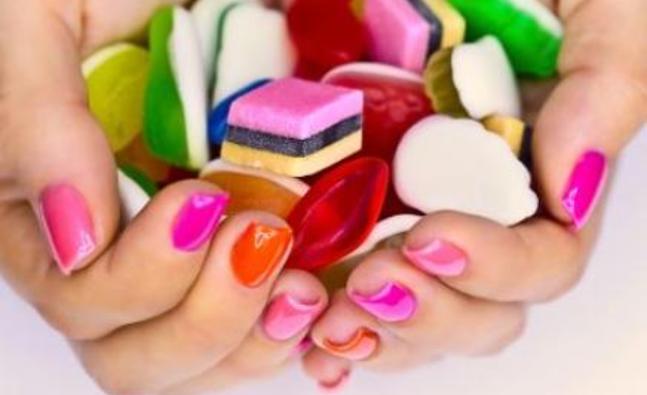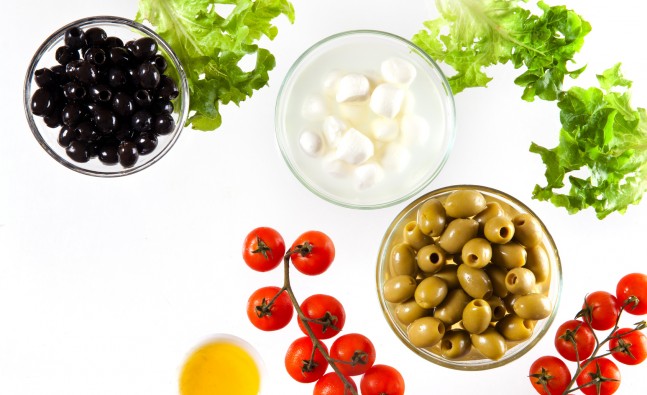5 Crucial Things to Do if Youre Exercising for Weight Loss
Getting stronger is a beautiful thing. It’s what helps you see more definition and build more metabolism-boosting muscle. But according to new research in Current Biology, it also causes you to burn fewer calories during each workout.
For the study, researchers examined 300 men and women, specifically their levels of physical activity and the number of calories they burned each day. They found that while moderately active people burned about 200 more calories per day than the most sedentary participants, the most physically active people didn’t burn any more calories than those who were only moderately active.
If you're logging miles on the treadmill and hours in cycling class in the hopes of torching more calories, that's seriously sucky news.
Here's how your body makes up for the major calories you torch at the gym: As you get used to your workouts, you might not burn more calories—even if you're consistently active, says California-based trainer Mike Donavanik, C.S.C.S., “Think about your job. When you first started, there were some learning curves, it took more energy and more time, but you became more efficient,” he says. Exercise works the same way. Your body adapts to a specific demand. So you naturally become more efficient, and use less energy [a.k.a. calories] to meet that demand."
But that’s no reason to forgo exercise in the name of weight loss or, more importantly, fat loss. After all, you want to lose fat, not muscle. Right? One obesity study of 439 women found that those who ate healthy and exercised lost considerably more body fat than those who stuck with dieting alone.
So how do you make sure every sweat session helps you burn more? Follow these five rules of exercising for weight loss. (If you're ready to add more sweaty variety to your exercise routine, check out Women's Health's Ignite program, designed by our Next Fitness Star, Nikki Metzger.)
Get FIIT
When it comes to making sure your body never gets too comfy with your workout, you’ve got to cozy up to the FIIT principle. It stands for frequency, intensity, time, and type—the four factors that determine the exact stress you put on your body during a given workout, says Donavanik. Changing up any one of them “surprises” and challenges your body in a new way. Remember, as long as your body is forced to adapt to progressively challenging workouts, it’s going to burn more calories during every workout. It’s when your body gets used to your current workouts that things start to plateau. “Look to change one to two of these variables every four to six weeks and you’ll keep losing weight,” he says.
And HIIT
“High-intensity interval training is the way to go,” Donavanik says. In one 2013 study from Human Performance Laboratory at the University of Wisconsin-La Crosse, people who performed a 20-minute HIIT workout torched 15 calories per minute—about twice as many as they did during long runs. Plus, with HIIT workouts, you benefit from the “after burn” effect, which a steady-state cardio just won’t give you. “So instead of burning 250 calories from your 30-minute session, you can burn up to 40 percent more throughout the next day or so as your body recovers,” says Donavanik. Follow the study’s lead: Perform all-out effort for 20 seconds, rest for 10 seconds, and repeat until you’ve hit four minutes. Rest one minute, then repeat to complete a total of four rounds.
Prioritize Clean Eating
“If you don’t pay attention to your diet, you can work out every day as hard as you possibly can and not lose a single pound if your calories expended are equal to your calories consumed,” says Donavanik. What’s more, eating junk can make your workouts feel more difficult, so even if you think you’re pushing yourself to the max, you’re not, he says. And sub-max workouts, as you might have guessed, burn fewer calories. He recommends limiting added sugar and focusing on eating lean protein, healthy fats, and whole carbs from fruits, veggies, and whole grains.
Pick Up Some Weights
More muscle = more calories burned. After all, while a pound of fat burns only two calories per day, a pound of muscle burns six—and takes up a lot less room, he says. That’s why, in a 2015 Harvard School of Public Health study of 10,500 adults, people who strength trained for 20 minutes a day gained less belly fat over a period of 12 years compared to cardio bunnies.
Don’t Forget to Fuel
While everyone thrives on a slightly different pre-and post-workout nutrition plan, research published in Sports Medicine shows that eating carbs before you hit the gym improves your performance during HIIT and endurance workouts alike. And tougher workouts burn more calories—both during and after your workout, Donavanik says.
That explains why recent research published in the International Journal of Sport Nutrition and Exercise Metabolism found that downing coffee (or any caffeine) an hour before your workout can boost your post-workout caloric burn by 15 percent. After your workout, Donavanik recommends eating a meal that’s about 40 percent carbs, 40 percent protein, and 20 percent fat. The combination will help your muscles recover, get your energy levels up, and have you burning more calories as your body repairs…and, yes, adapts.
-
The Most Critical Skill for Weight Loss
What do you think it takes to lose weight? A super-expensive gym membe
-
Exercise to Slow Bone Loss
You’ve heard the refrain “Use it or lose it.” Your b
-
How Melissa Joan Hart Lost Another 40 Pounds
You know already that Melissa Joan Hart lost 35 pounds after she had h
-
Crazy celeb diet “tricks”: The pickle scheme
-
5 Reasons why youâre not losing weight
-
Global alert issued for deadly diet drug
- DON'T MISS
- The Metabolism-Boosting Secret Trainers Swear By
- How to keep the weight off
- Fashionable Nutrition Myths: Energy drinks are healthy
- 10 TIPS THAT MAKE WEIGHT LOSS EASIER
- Make weight loss fun and interesting
- Eating with certain friends could make you fat
- 5 Signs you could be losing too much weight
- It takes just 45 minutes!
- Small rewards for big weight loss efforts
- Burn calories doing side-lying leg lifts




